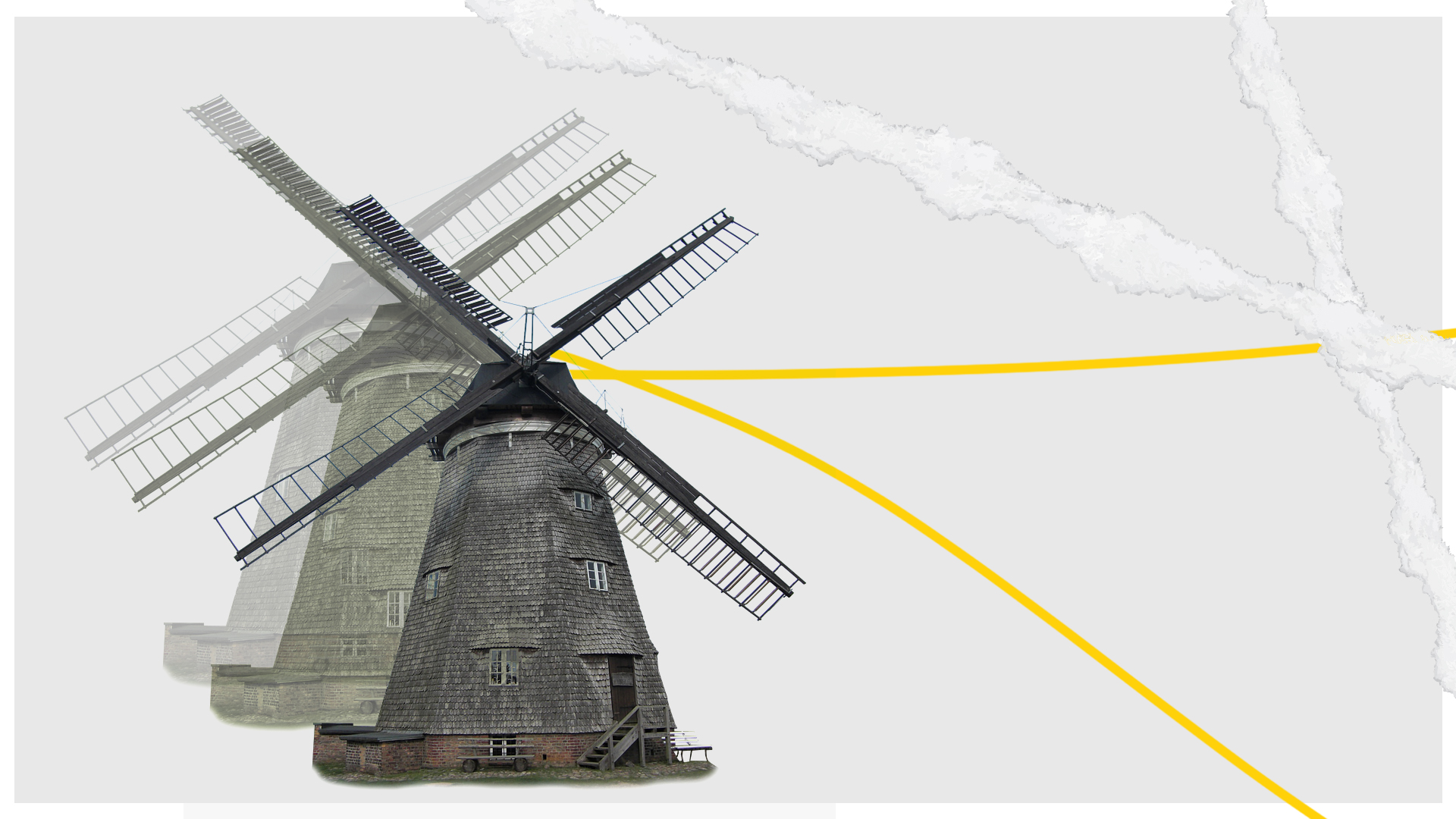AI is revolutionizing almost every industry, from video games to insurance. As the tech becomes more widespread, many are turning their attention to the sheer power required to run all of these AI models. It takes a lot of energy and computational costs just to train and deploy AIs, drawing more power from the grid.
Environmental concerns are at the forefront of many businesses’ minds, leading to high demand for “greentech.” Green AI is a great example of greentech. In this post, we’ll try to answer the question, “What is green artificial intelligence?” and explore how it can level up your tech stack without the added environmental impact.
Green artificial intelligence: what is it?
The tech that powers AI has developed so fast that we haven’t had a chance to step back and assess its environmental impact until recently. When we finally uncovered the numbers, there was a huge sense of shock as simply training a single AI can leave a carbon footprint of as much as 284 tonnes of CO2 equivalent. Obviously, this is something we need to address — quickly.
Green artificial intelligence is an AI that uses lower computational costs to help reduce carbon emissions. It combines the immense value of artificial intelligence with the green values we need to lower carbon emissions and protect our planet from further climate change.
Green AI is touted as the solution to our carbon-heavy processes. There is hope that it can maximize the positive impact AI can offer us without further damaging the environment. This is done in several ways, including using AI to monitor and manage an intelligent grid system to reduce energy wastage.
Researchers and developers are hard at work creating AI models that consume less energy. When this tech becomes more readily available, businesses will be able to utilize these new, greener models.
Why green artificial intelligence has so much potential?
Businesses need to quickly realize the value of green AI to help combat the rising environmental damage that current tech is producing. Let’s look at why green AI should be the standard everyone aims for.
Reduce energy usage and improve efficiency
While we wait for truly green AI to be readily available, we’re already seeing some major players using AI to help boost their energy conservation efforts.
Google has been using its DeepMind AI to improve the viability of wind farms. The company used DeepMind’s machine learning algorithms to create highly accurate predictions for the output of wind farms.
Using DeepMind has given wind farms a 20% increase in value as it makes wind power more predictable. The company can now schedule set deliveries of energy output, which are more valuable to the grid than standard deliveries.
Help improve product development and design to eliminate waste and pollution
As we saw with Google’s DeepMind, companies can use AI to monitor and improve energy conservation efforts. Green AI can also streamline product development and create responsive and sustainable supply chains. This will help businesses accelerate their decarbonization efforts.
National governments are even focusing their efforts on green AI. The UK Government believes green AI can help address the UK’s Grand Challenges, which are four transformative global trends set out in the UK Industrial Strategy. Efforts include £200 million of funding towards 1,000 new PhD places in the field of AI over the next five years for studying AI, which could make industries more sustainable.
Since the AI Sector Deal was published back in April 2018, partnerships between the UK Government Office for AI, the Open Data Institute, and Innovate UK have supported sustainable initiatives, such as global food waste reduction efforts. These partnerships have also worked on tackling the illegal wildlife trade by using algorithms to classify images of illegal animal products.
In the coming years, we expect to see increased government interest worldwide in applying Green AI.
Regenerating natural resources
Regenerative agriculture is quickly sweeping the agriculture industry thanks to its countless environmental and productivity-related benefits. With green AI, farmers will have access to far more data to help guide their practices and revitalize local environments.
Green AI can also amplify precision farming efforts. Precision farming is a series of strategies and tools that allow farmers to optimize and increase soil quality. Precision farmers can see a generous increase in productivity while still protecting the environment thanks to the introduction of increasingly advanced technologies.
We’re already seeing AI being introduced into regenerative and precision agriculture. Canada’s Precision AI has been building an AI-powered weed-killing drone that can detect and spray only weeds, ensuring crops are protected from the chemicals. This offers farmers a cost-effective way of incorporating tech into their crop maintenance while increasing the effectiveness of weed killers.
Close the loop
Currently, our recycling efforts are less than ideal. There’s a lot of waste still happening, and one of the key goals within the plastics industry is to “close the loop.”
Materials such as aluminum and many plastics can be recycled indefinitely, reducing the need for new raw materials. Closed-loop recycling is the gold standard because it also reduces waste and energy needs in manufacturing new products. You see this in supermarkets where many products use at least some recycled plastic from a closed-loop system.
There is hope that integrating artificial intelligence with other tech can offer the ability to track, aggregate, and close the loop on secondary materials (such as recycled plastic) as it moves through the supply chain. This should help businesses to prevent resource loss and environmental damage.
Help you determine how best to allocate renewable energy
Renewable energy can only be truly effective if it’s used correctly. There is an alarming amount of wastage involved in the green energy sector as renewable energy sources over-produce energy that we can’t direct anywhere. According to an EPA briefing, the United States alone will have 10 million tons of solar waste by 2050.
With green AI, this issue should be a thing of the past. The AI will be able to identify areas of greater need and automatically divert energy to them. This will help ensure all the energy produced actually goes somewhere instead of building up.
Green AI needs to be the future to protect the industry and our planet
As we increase our reliance on AI, we need to seriously consider its environmental impact. Training a single AI model can produce the same carbon footprint as a commercial trans-Atlantic flight, and that’s something we can’t continue to support.
Green AI is a desperately needed upgrade to our current AI technology. Some state that probabilistic programming is the key to environmentally friendly AI as it doesn’t require brute forcing. However, we’re still in the very early stages of green AI as a technology.
For now, we need to continue using AI to adapt our existing processes and behaviors to reduce and even offset our carbon emissions.
Here at RebelDot, we recognize the environmental issues the tech industry faces. Our aim is to fix those problems and improve your digital efforts with the best tech, including green AI. Contact us today to see how easy it can be!






